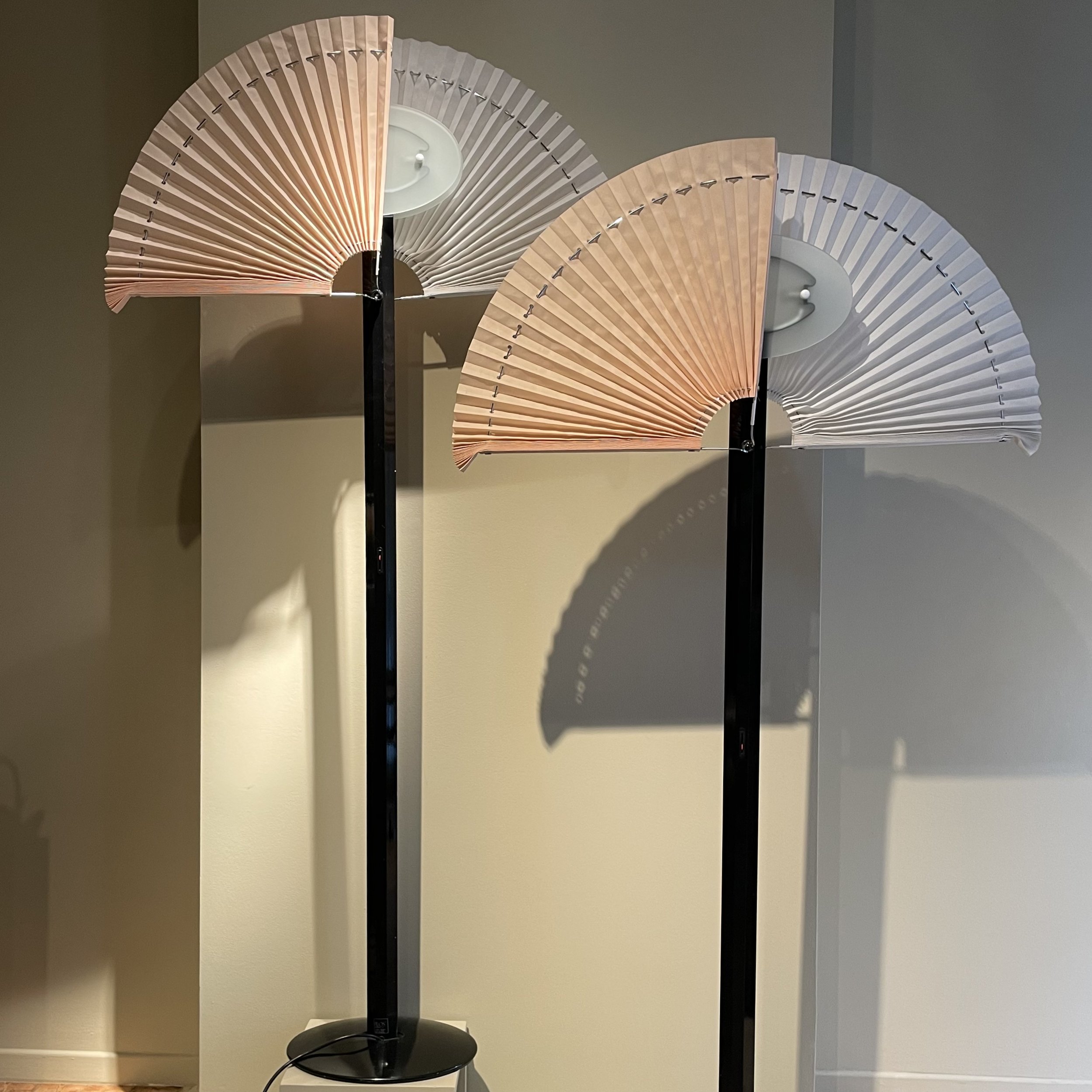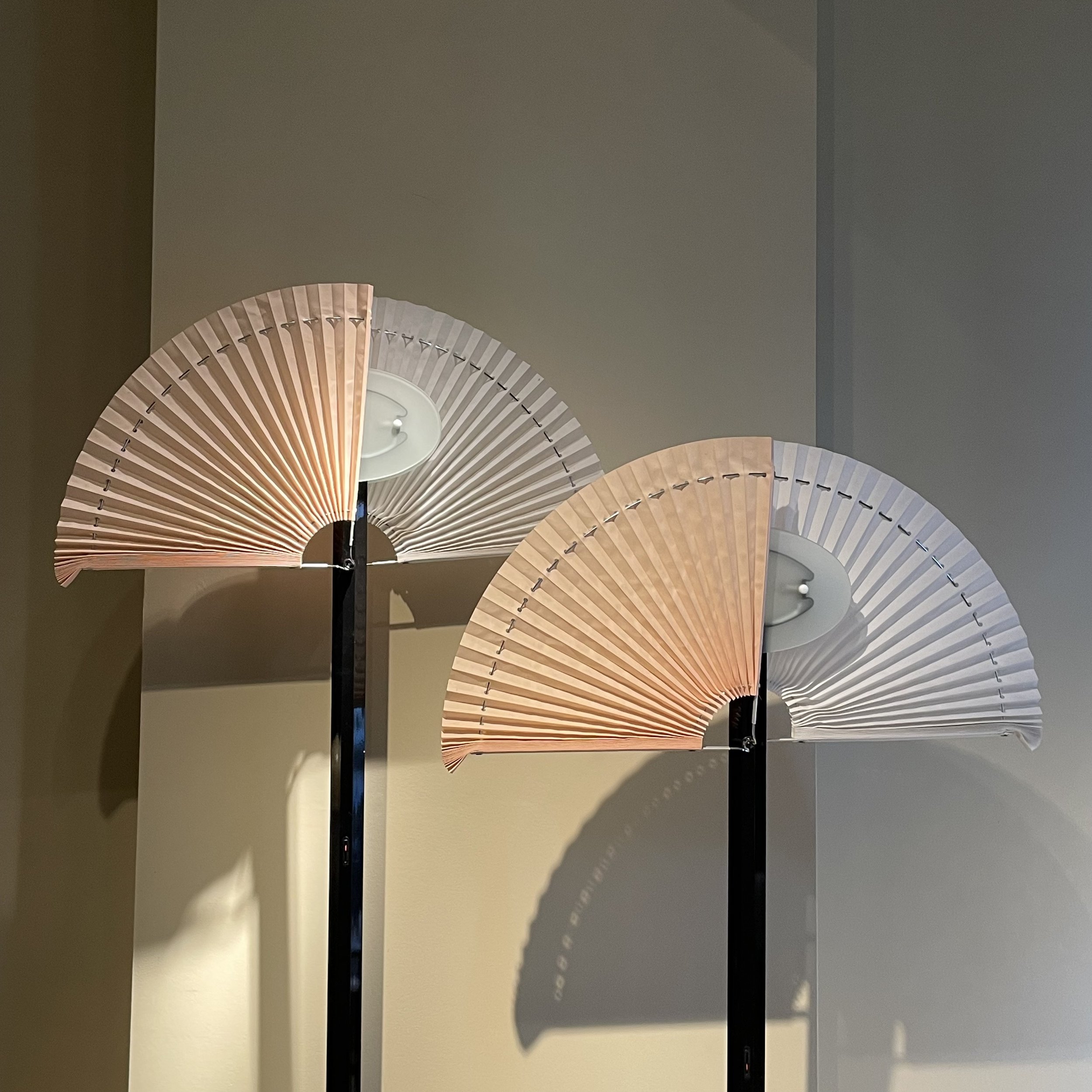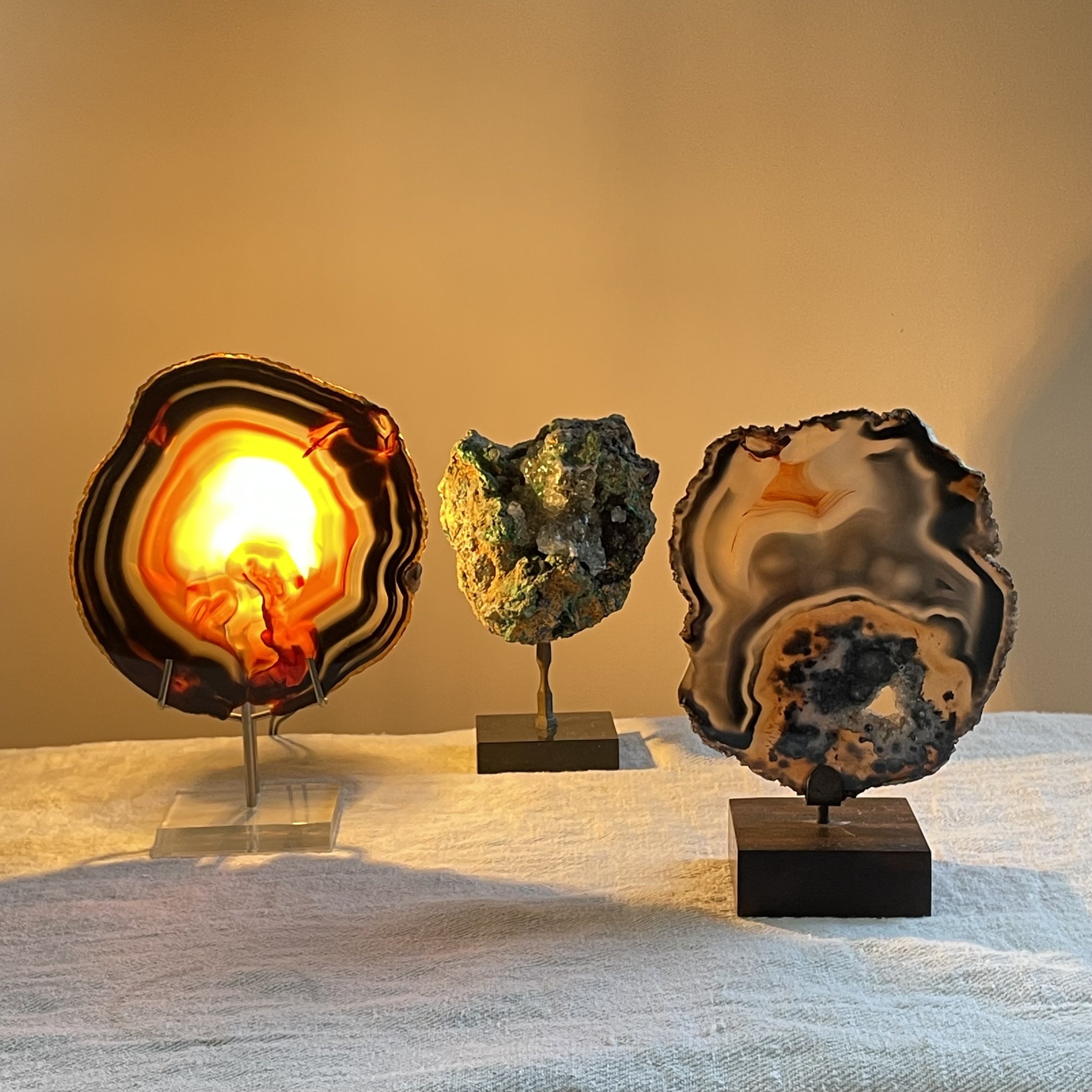Lampadaire chaîne, Art populaire





Lampadaire chaîne, Art populaire
Lampadaire en chaine de fer forgé à base en fer à cheval.
Art populaire, France
Circa 1960
Hauteur 133 cm
Très bon état général
Abat-jour de présentation, non fourni
Floor lamp in wrought iron chain with horseshoe base.
Folk art, France
Circa 1960
Height 133 cm
Very good general condition
Presentation lampshade, not provided
Comment regarder aujourd’hui ce lampadaire en maillons de chaîne sans que cela renvoie à la fois aux grandes traditions de la ferronnerie et au fameux luminaire édité par Franz West nommé Privatlamp des Künstlers II créé en 1989, tel un ready made emblématique d’une vision postmoderne de la sculpture?
Notre goût peut être formé par le va-et-vient entre différentes formes d’art. « Si nous apprécions aujourd’hui les œuvres des paysans de Bessans, écrit Jean Cuisenier, c’est parce que Picasso et Dubuffet nous ont appris à les déchiffrer. Mais inversement si nous trouvons un sens aux faunes de Picasso et aux silhouettes de Dubuffet, si nous voyons en elles autres choses que des farces d’artistes c’est parce que nous lisons leurs tracés par référence à la verve et au sarcasme de maîtres anonymes perdus dans les vallées de la Savoie. » On pourrait certes remonter plus haut dans l’histoire de la rencontre avec cet « autre de l’art » bien avant l’engouement pour « l’art nègre » du tournant du XXe siècle. Comme l’a montré Daniel Fabre, « la capacité à débusquer l’art où nul ne l’aurait recherché et reconnu est devenue, après 1830, l’une des prérogatives affirmées de l’avant-garde des artistes parisiens ».
Pour aller plus loin, lire l’article entier : Rolland–Villemot, Bénédicte, 2020. « L’art populaire selon Jean Cuisenier », in Bérose - Encyclopédie internationale des histoires de l'anthropologie, Paris.
How to look at this chain link lamp today without referring both to the great traditions of ironwork and to the famous lamp edited by Franz West called Privatlamp des Künstlers II created in 1989, like a ready made emblematic of a postmodern vision of sculpture?
Our taste can be formed by the comings and goings between different art forms. If we appreciate the works of the Bessans peasants today," writes Jean Cuisenier, "it is because Picasso and Dubuffet taught us how to decipher them. But conversely, if we find meaning in Picasso's fauns and Dubuffet's silhouettes, if we see in them something other than artists' jokes, it is because we read their tracings in reference to the verve and sarcasm of anonymous masters lost in the valleys of Savoy. "We could certainly go back further in the history of the encounter with this "other of art" well before the craze for "negro art" at the turn of the 20th century. As Daniel Fabre has shown, "the ability to unearth art where no one would have sought it out and recognized it became, after 1830, one of the stated prerogatives of the Parisian avant-garde artists.










